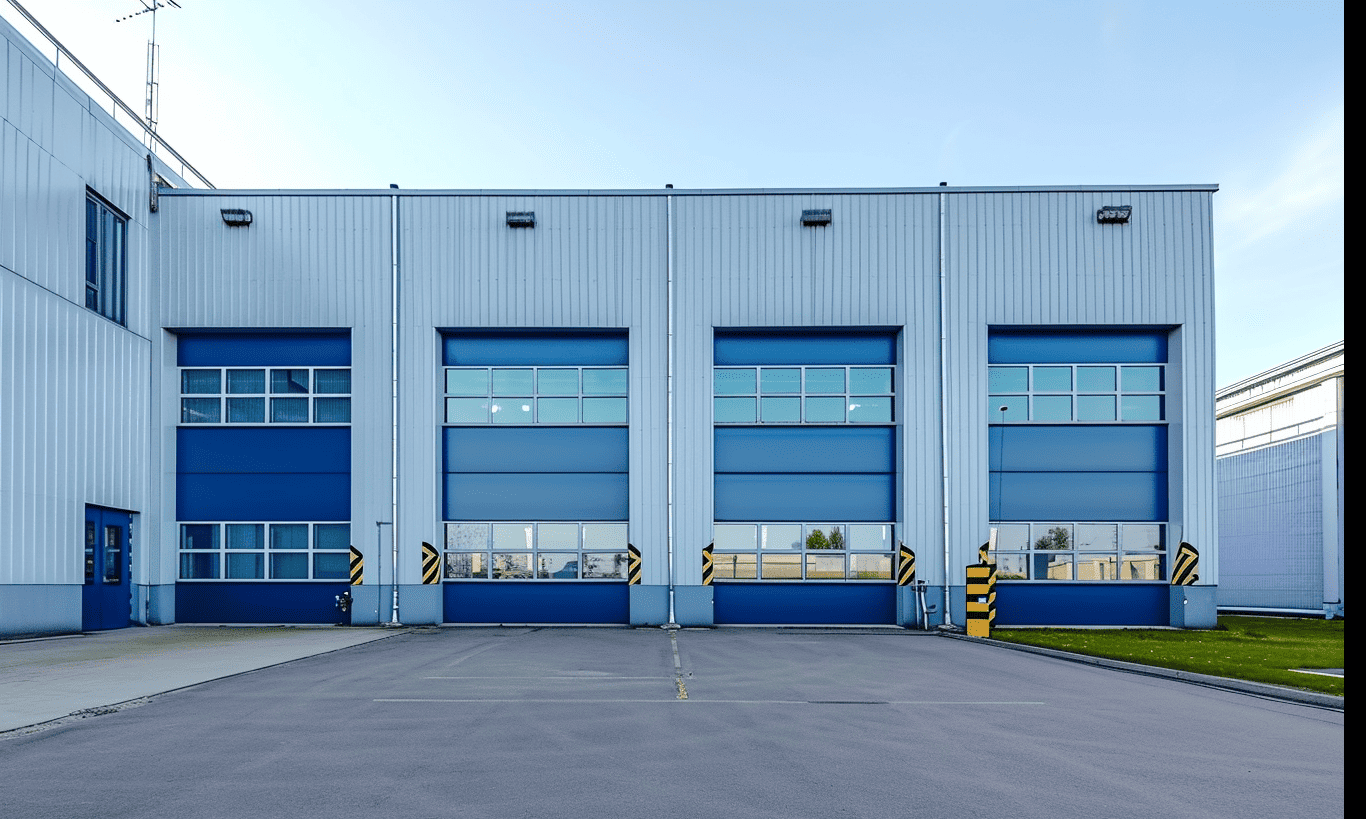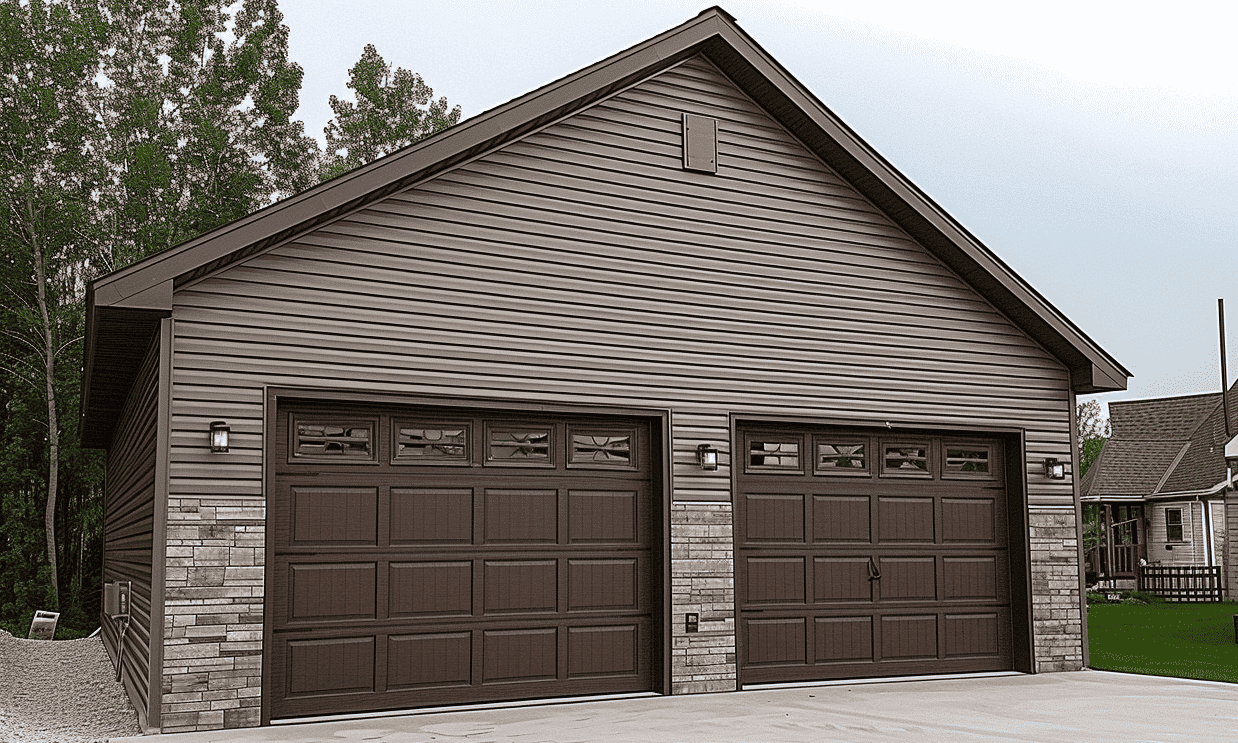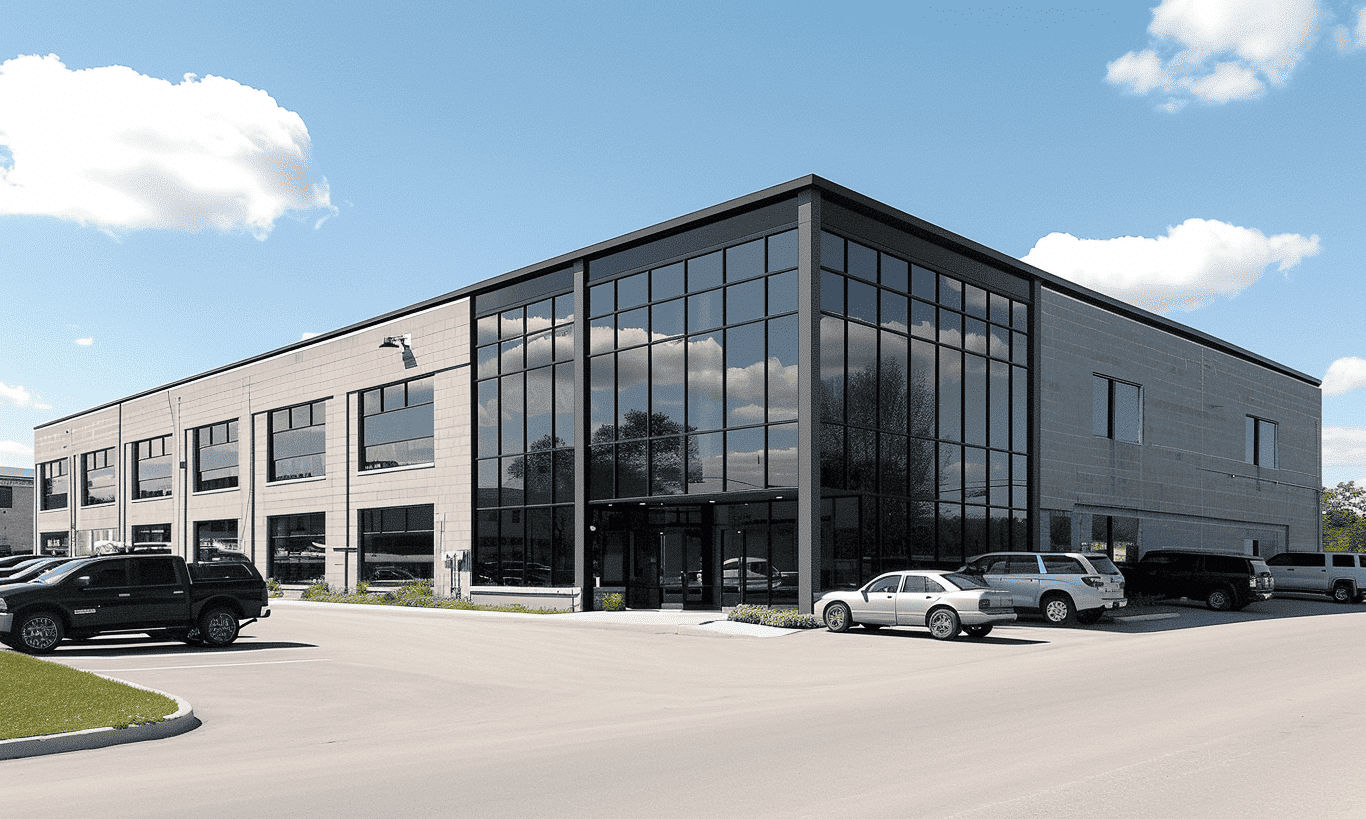When we think of building a new structure, most of us imagine the end result: the gleaming office space, the cozy family home, or the impressive warehouse. However, few pause to consider an integral step between the design and completion phases: building inspections. They may not seem as glamorous as rendering 3D models or selecting swanky interiors, yet building inspections are the unsung heroes in ensuring that our creations are as safe as they are beautiful. Let’s unpack this vital process, exploring what you can expect during a building inspection and why it’s crucial for the structural integrity of your dreams.
Understanding Building Inspections
Imagine you’re an author about to release your magnum opus. Before it hits the shelves, you need an editor to check for errors, inconsistencies, and ensure the story holds together. A building inspection serves much the same purpose, acting as an auditor for your construction project. These thorough evaluations ensure compliance with local codes, standards, and, very importantly, fire safety regulations.
Why Building Inspections Matter
But why are building inspections so essential? Apart from serving as a quality check, they safeguard against future liabilities. Missing a small crack could lead to a significant safety hazard down the line. Moreover, an inspection confirms the structural soundness and durability of your project—be it traditional brick-and-mortar or a more contemporary metal building.
The Role of Inspectors
Inspectors are your project’s best allies. Specialists in the field, they offer an unbiased eye to detect and rectify issues that could have a broader structural impact. From foundation to roofing, they scrutinize every nook and cranny. It’s like having a hawk-eyed proofreader for your sprawling architectural manuscript.

Types of Building Inspections
1. Pre-Purchase Inspections
If you’re buying an existing property, a pre-purchase inspection is critical. It gives you a clear picture of the building’s condition and potential future expenditures. Think of it as a test drive before you buy the car. It’s an opportunity to ensure the skeleton of your new abode holds more promise than pitfalls.
2. New Building Inspections
For new construction projects, inspections occur at various stages, not just when the keys are handed over. Evaluations at different phases—such as foundation laying, framing, and final quality checks—ensure that every step meets established criteria. Each assessment is another layer of assurance added to your project’s integrity.
Key Aspects Reviewed During Inspections
Structural Components
Inspectors ensure that the foundation, beams, and columns conform to standards. These integral parts of the structure must exhibit the robustness required for long-term stability.
Electrical and Plumbing Systems
Faulty wiring or plumbing can lead to costly repairs or unsafe conditions, making these systems a priority on any inspector’s checklist. They’re the arteries and veins of your building, carrying the lifeblood needed for modern living.

Safety Protocols
Lastly, special attention is given to safety standards, including fire escapes, alarms, and emergency protocols. These not only protect inhabitants but also enhance property value.
Preparation for Building Inspections
Know Your Local Regulations
Understanding municipal codes is crucial. Familiarize yourself with local expectations and Building permits 102. Reach out to places like Canada Mortgage and Housing Corporation – Building Inspections (CMHC-SCHL) for guidelines.
Documentation in Order
Keep all your paperwork (like permits and plans) accessible to expedite the process. Inspectors will ask to review these documents to verify compliance.
Conduct a Pre-inspection Check
Before the official inspection, do a walkthrough. Address apparent issues, like leaky faucets or exposed wires, to avoid unnecessary delays.

After the Inspection
Once the inspection is complete, you’ll receive a detailed report. It’s not unlike receiving editorial feedback on your novel. Use it to address non-compliance issues. When all’s said and done, a certificate of occupancy is your green light to move forward.
Conclusion
Building inspections are an essential pillar in the construction process. They offer peace of mind, ensuring a safe environment and safeguarding your investment. Like polishing a diamond, they transform potential problem areas into sparkling assurances. Always keep the lines of communication open with your building inspector, turning this crucial process into a collaborative, improvement-filled journey. When you’re armed with knowledge, preparation, and a committed team, you’ll find that building inspections are less of a nuisance and more of a valuable safeguard for constructing your dream premises.










